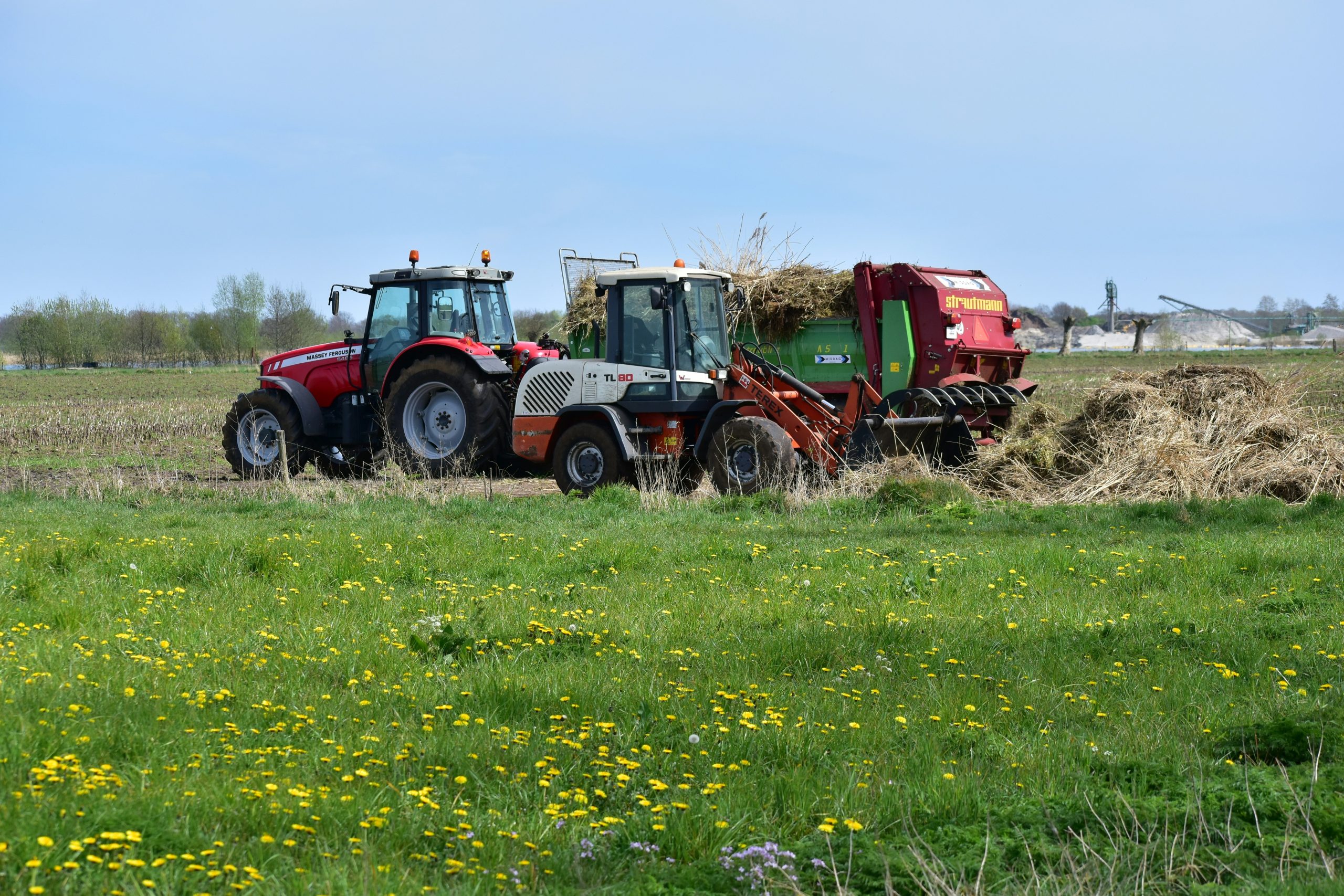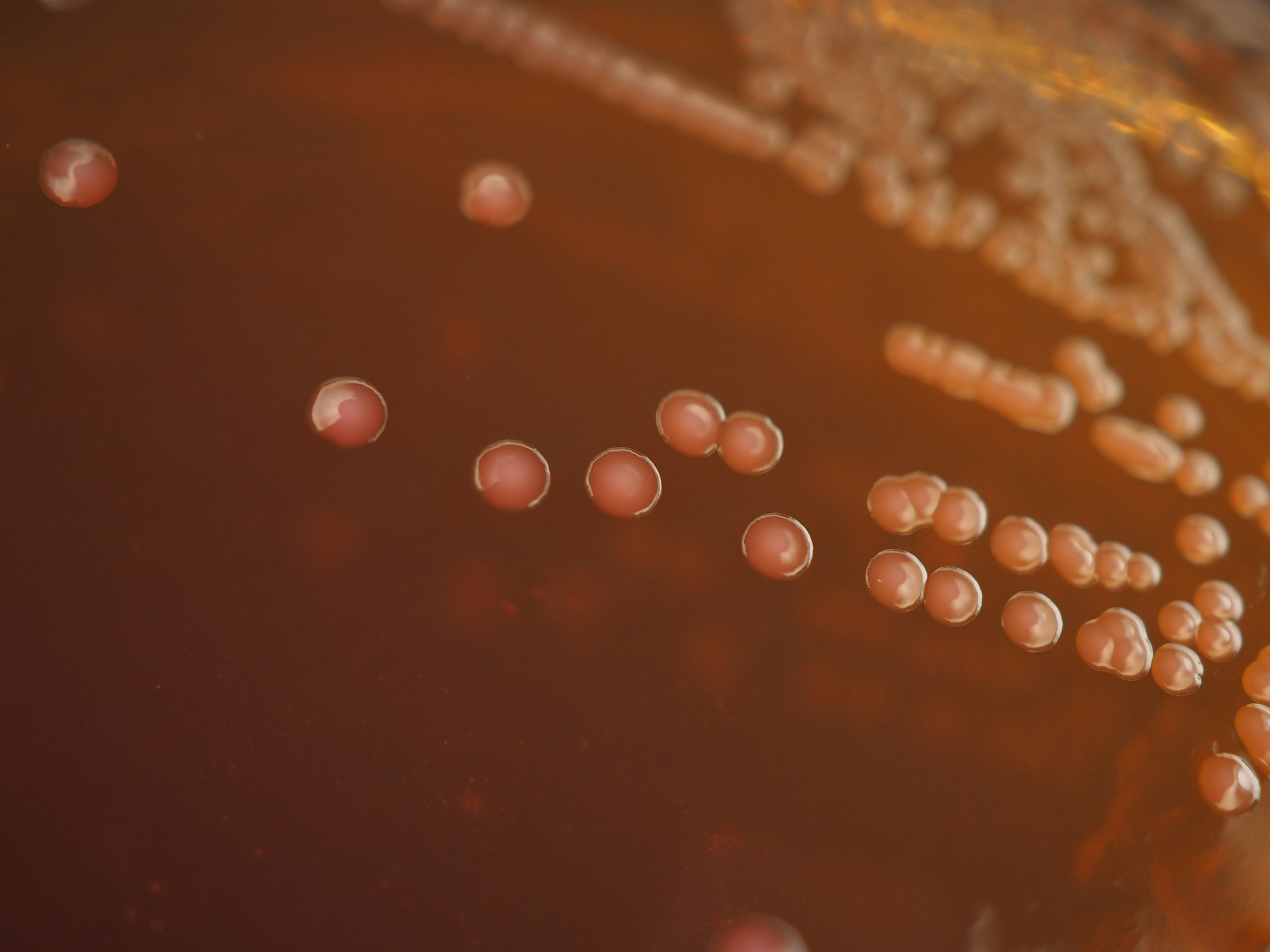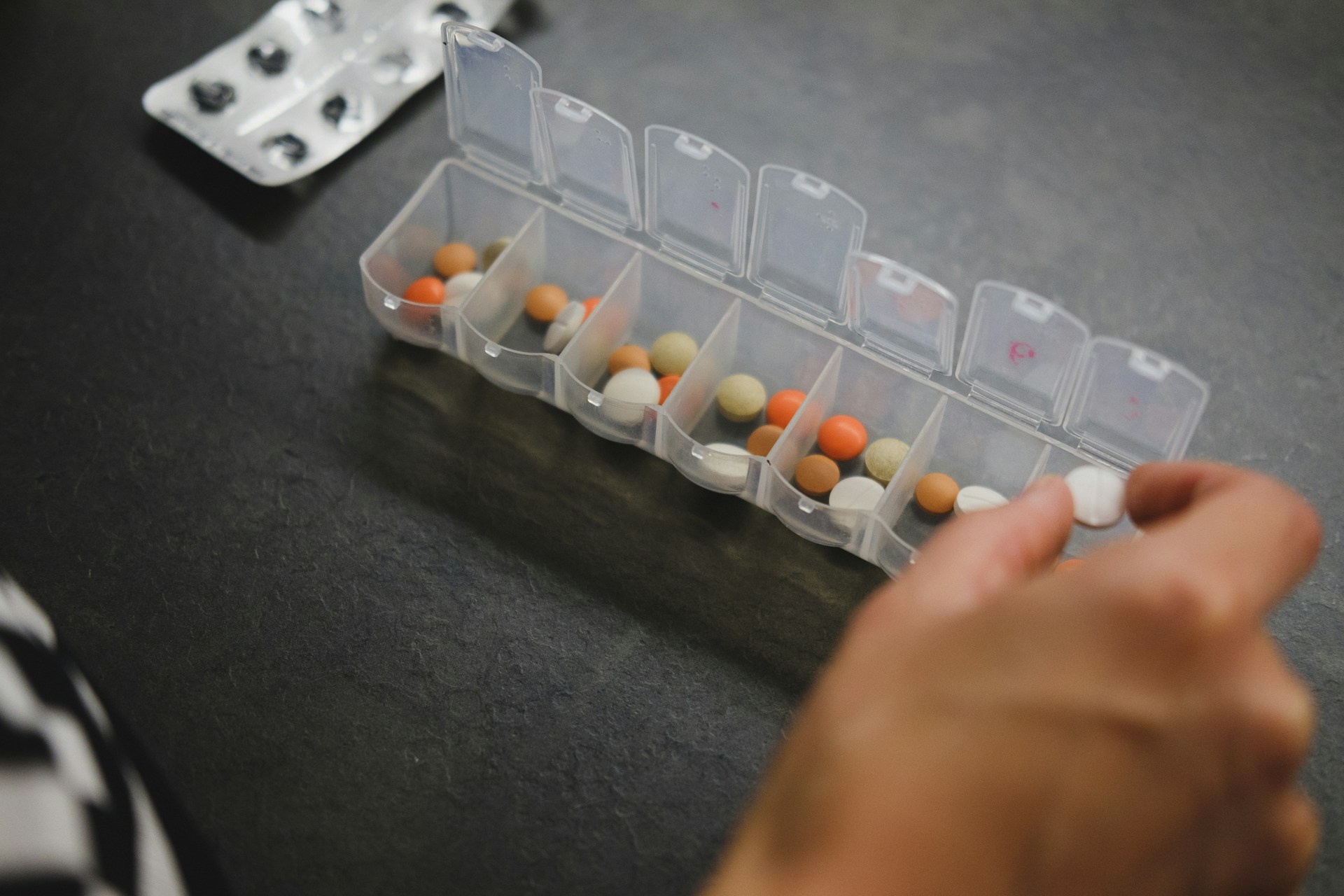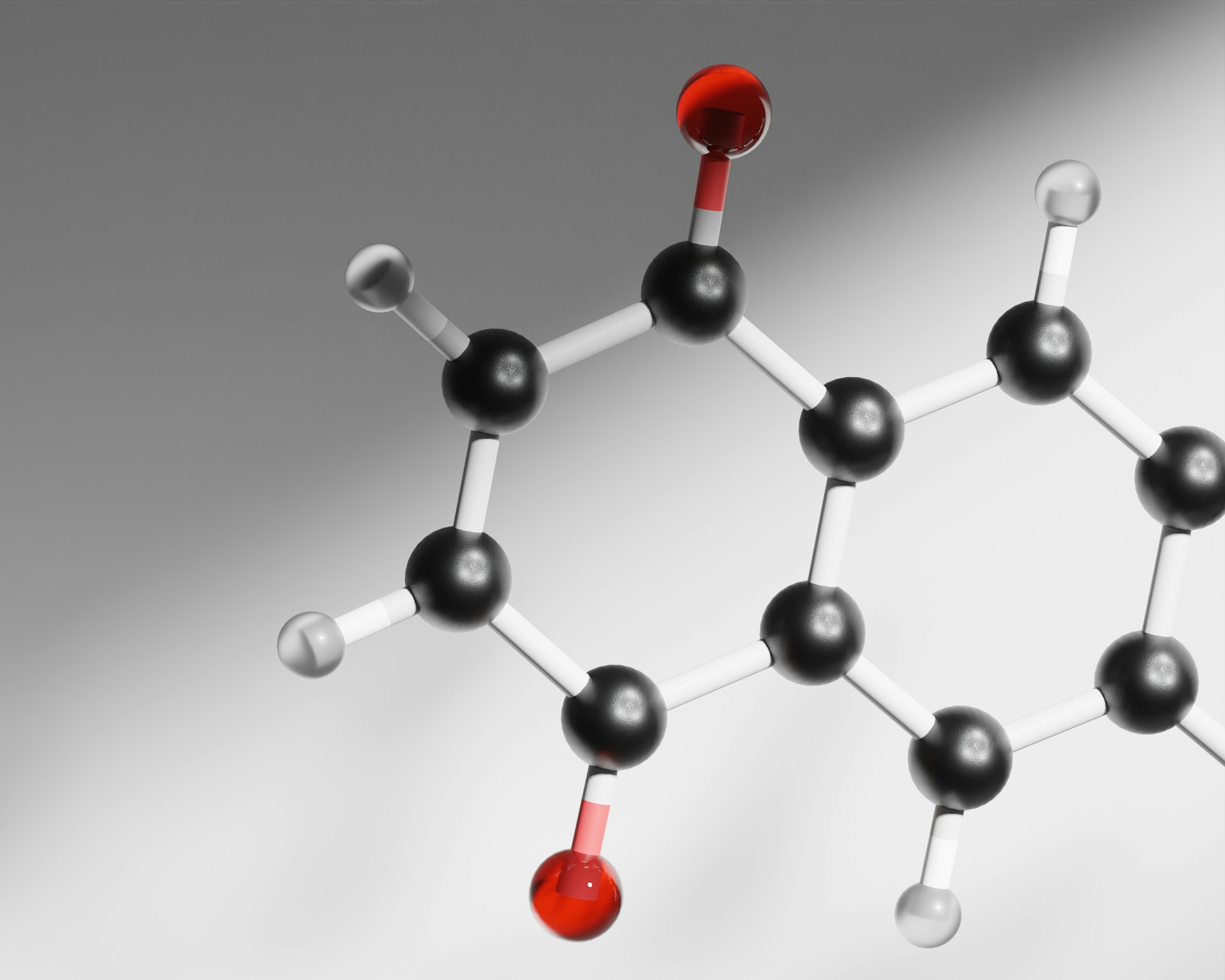Could the discovery of a new organelle revolutionise agriculture? Photo credit: Photo by Ries Bosch on Unsplash
Nitrogen gas accounts for about 71% of our earth’s atmosphere. Although this gas is inert and unreactive, nitrogen atoms are a key ingredient for the DNA and protein that is found inside our cells. For this unreactive gas to be incorporated into organic molecules, it must first be converted into ammonia. This process is termed ‘nitrogen fixation’ and is only known to be carried out by prokaryotes—the superior biochemists of our living world. Examples of such prokaryotes include the bacteria that reside in the root nodules of leguminous plants, and marine surface lichens such as Proteobacteria.
Although this gas is inert and unreactive, nitrogen atoms are a key ingredient for the DNA and protein that is found inside our cells.
Recently, a new study has suggested that an organelle, known as the nitroplast, is evolving in eukaryotic cells that would allow for nitrogen fixation. The evolution of this organelle is representative of endosymbiosis, the rare event wherein an organism, often a bacterium, is engulfed by a larger cell, and rather than being destroyed, the bacterium co-exists within the larger cell. Such an arrangement brings advantages to both in this partnership—the smaller cell has access to a greater supply of nutrients, and the larger cell benefits from the smaller cell’s impressive array of biochemical reactions. Scientists believe that mitochondria came about through a similar mechanism; where a bacterium that was capable of aerobic respiration was engulfed by a larger cell and over time they evolved to function as one organism. Alongside mitochondria, chloroplasts are another well-known example of organelles that came about through endosymbiosis. Both mitochondria and chloroplasts have been essential to the development of complex life on earth; but aside from these examples, endosymbiosis is rare.
This time, a nitrogen-fixing bacterium known as Candidatus Atelocyanobacterium thalassa (or to friends, UCYN-A) is in the spotlight. For some time, we have known of an endosymbiotic relationship between UCYN-A and the eukaryotic single-celled algae Braarudosphaera bigelowii. Now, new research is suggesting that the relationship between these two entities is becoming increasingly intertwined. There is some suggestion that UCYN-A is changing from being a temporary helper to a permanent organelle within its host. A growing number of UCYN-A’s proteins are being encoded in the algal nucleus, like the phenomenon seen in our own cells, where many mitochondrial proteins are now encoded by the nucleus.
Scientists are now seeing signs that the division of the algal cell is synchronous with the division of UCYN-A, suggesting greater coordination between their cell cycles. This coordination of the cell cycle is also observed for chloroplasts and mitochondria. Other indications of this evolving relationship are that UCYN-A’s repertoire of metabolic processes has become reduced, including the loss of carbon fixation and some photosynthesis genes, along with the loss of the entire tricarboxylic acid cycle, which is essential to respiration. These changes in UCYN-A show that it is losing features that it would need to survive on its own, indicating greater reliance on the algal cell in which it resides, which is symbolic of a symbiotic relationship.
As a result, this may reduce some of the nitrogen fertilizer’s harmful effects on the environment, including the destruction of nitrogen-sensitive species of plants and fungi, as well as pollution of water systems.
The implications of this research have the potential to be vast, particularly in the agricultural sector. By understanding the structure of a nitroplast and the genes required for its maintenance, scientists could potentially use genetic engineering to introduce similar organelles into plants. This could lead to a generation of plants that can fix nitrogen into the soluble compounds that are required for growth, potentially overcoming the requirement for nitrogen-based fertilizers. As a result, this may reduce some of the nitrogen fertilizer’s harmful effects on the environment, including the destruction of nitrogen-sensitive species of plants and fungi, as well as pollution of water systems.
Even with the successful determination of crucial genetic changes in the nitroplast and its host, conferring these changes to another host would be challenging. Several studies have shown that attempts to transfer endosymbionts into host cells are limited by defensive mechanisms that host cells use to degrade foreign organisms. However, there is some evidence to suggest that ‘directed endosymbiosis’ could be possible, with one study demonstrating that chloroplasts injected into fruit fly embryos were found in the hatched larvae. It was also noted that these larvae needed less food, which could suggest that the chloroplasts were producing ATP and possibly glucose.
Although the future of the nitroplast has the potential for many exciting developments, the current state of nitroplast research is equally fascinating. Understanding the changes that occur in UCYN-A and its algal cell host may help us to better understand the stages of endosymbiosis and, by extension, the origin of complex life on earth.





